-
 Bitcoin
Bitcoin $119600
0.87% -
 Ethereum
Ethereum $4290
1.45% -
 XRP
XRP $3.201
-0.02% -
 Tether USDt
Tether USDt $0.0000
-0.01% -
 BNB
BNB $808.8
0.81% -
 Solana
Solana $177.9
-2.52% -
 USDC
USDC $0.9999
0.01% -
 Dogecoin
Dogecoin $0.2307
-1.44% -
 TRON
TRON $0.3445
1.50% -
 Cardano
Cardano $0.7918
-1.64% -
 Hyperliquid
Hyperliquid $43.77
-2.82% -
 Chainlink
Chainlink $21.54
-2.97% -
 Stellar
Stellar $0.4416
-0.67% -
 Sui
Sui $3.711
-4.08% -
 Bitcoin Cash
Bitcoin Cash $589.2
3.28% -
 Hedera
Hedera $0.2509
-3.44% -
 Ethena USDe
Ethena USDe $1.001
-0.02% -
 Avalanche
Avalanche $23.44
-1.96% -
 Litecoin
Litecoin $124.6
0.94% -
 Toncoin
Toncoin $3.410
2.06% -
 UNUS SED LEO
UNUS SED LEO $9.030
0.06% -
 Shiba Inu
Shiba Inu $0.00001320
-2.68% -
 Uniswap
Uniswap $11.41
4.29% -
 Polkadot
Polkadot $3.930
-3.63% -
 Cronos
Cronos $0.1682
3.46% -
 Dai
Dai $1.000
0.00% -
 Ethena
Ethena $0.7936
2.17% -
 Bitget Token
Bitget Token $4.427
-0.52% -
 Monero
Monero $269.6
0.01% -
 Pepe
Pepe $0.00001158
-4.09%
How does blockchain solve the Byzantine Generals' Problem?
The Byzantine Generals' Problem illustrates the challenge of achieving consensus in distributed systems with faulty or malicious actors, which blockchains solve using consensus mechanisms like Proof of Work and Proof of Stake to ensure trustless agreement.
Aug 11, 2025 at 02:07 pm
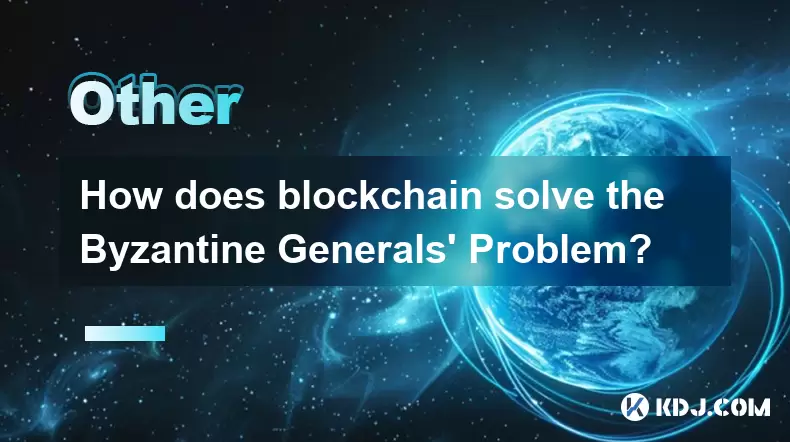
Understanding the Byzantine Generals' Problem in Distributed Systems
The Byzantine Generals' Problem is a classic thought experiment in computer science that illustrates the difficulty of achieving consensus in a distributed network where some components may fail or act maliciously. Imagine multiple generals surrounding a city, each commanding a portion of an army. They must collectively decide whether to attack or retreat. Communication occurs via messengers, but some generals might be traitors sending conflicting messages to disrupt coordination. The challenge lies in ensuring that loyal generals reach the same decision despite the presence of unreliable actors.
In the context of digital systems, this problem translates to nodes in a decentralized network needing to agree on a single version of truth—such as the validity of a transaction—while some nodes may be faulty or compromised. For a blockchain to function securely, it must solve this problem by ensuring that honest participants can reach consensus even if others attempt to deceive or disrupt the process.
The Role of Consensus Mechanisms in Blockchains
To address the Byzantine Generals' Problem, blockchains implement consensus mechanisms that allow distributed nodes to agree on the state of the ledger. These mechanisms are designed to tolerate a certain number of faulty or malicious nodes. The most prominent solutions include Proof of Work (PoW) and Proof of Stake (PoS), both of which enable Byzantine fault tolerance (BFT).
In a Proof of Work system like Bitcoin, miners compete to solve complex cryptographic puzzles. The first to solve it broadcasts the solution to the network. Other nodes verify the work and, if valid, add the block to the chain. Because solving the puzzle requires substantial computational effort, it becomes economically unfeasible for a malicious actor to manipulate the blockchain unless they control more than 50% of the network’s computing power—a scenario known as a 51% attack.
Similarly, Proof of Stake selects validators based on the amount of cryptocurrency they "stake" as collateral. Validators propose and vote on blocks, with their influence proportional to their stake. If a validator attempts to cheat, they risk losing their staked funds through a process called slashing. This economic disincentive discourages malicious behavior and supports consensus among honest nodes.
How Immutability and Cryptographic Verification Prevent Deception
Blockchains use cryptographic hashing and digital signatures to ensure data integrity and authenticity. Every block contains a hash of the previous block, creating a chain that is extremely difficult to alter retroactively. Changing any data in a prior block would require recalculating all subsequent block hashes, which is computationally impractical in a large network.
Each transaction is signed with the sender’s private key, allowing any node to verify its authenticity using the corresponding public key. This prevents impersonation and ensures that only legitimate actors can initiate transactions. When nodes receive a new block, they independently verify all transactions within it, checking digital signatures, available funds, and adherence to protocol rules.
This decentralized verification process means no single node needs to trust another. Instead, trust is derived from the collective validation of the network. Even if some nodes broadcast false information, the majority of honest nodes will reject invalid blocks, preserving the integrity of the ledger.
Network Propagation and Finality in Byzantine Environments
For consensus to be effective, information must propagate efficiently across the network. Blockchains rely on peer-to-peer (P2P) networking protocols to disseminate blocks and transactions. When a miner or validator produces a new block, it is immediately broadcast to neighboring nodes, which in turn relay it to others. This flooding mechanism ensures rapid distribution.
However, temporary disagreements can occur due to network latency, leading to forks—situations where two valid blocks are created simultaneously. In PoW systems, the network resolves this by following the longest chain rule: nodes accept the chain with the most accumulated work as the valid one. Over time, one branch becomes longer, and the other is abandoned. This eventual convergence ensures that all honest nodes agree on a single history.
In PoS systems, finality is often achieved through mechanisms like checkpointing or voting rounds, where a supermajority of validators must approve a block before it is considered final. These protocols reduce the risk of chain reorganizations and enhance resistance to Byzantine faults.
Practical Byzantine Fault Tolerance and Modern Blockchain Designs
Some blockchains implement Practical Byzantine Fault Tolerance (PBFT) or its variants to achieve consensus with lower energy consumption than PoW. PBFT operates in a permissioned or partially permissioned setting where nodes are known and can communicate in multiple rounds. It guarantees consensus as long as at least two-thirds of the nodes are honest.
In PBFT, a leader node proposes a block, and other nodes go through phases of pre-prepare, prepare, and commit to validate it. Once a sufficient number of nodes have committed, the block is finalized. This approach provides immediate finality and high throughput but scales poorly with large numbers of nodes.
Hybrid models, such as Delegated Proof of Stake (DPoS) or Tendermint, combine elements of BFT with decentralized governance. These systems elect a limited set of validators who run BFT-style consensus, balancing security, speed, and decentralization. Such designs demonstrate how blockchain technology adapts theoretical solutions to real-world constraints.
Step-by-Step Process of Achieving Byzantine Fault Tolerance in Bitcoin
- A transaction is initiated and signed with the sender’s private key
- The transaction is broadcast to the Bitcoin network and collected into a mempool
- Miners select transactions and bundle them into a candidate block
- Each miner performs Proof of Work by repeatedly hashing the block header until a valid hash is found
- The first miner to find a valid hash broadcasts the block to peers
- Receiving nodes verify the Proof of Work, check all transactions for validity, and confirm the block’s hash
- If valid, nodes append the block to their local copy of the blockchain
- The network continues building on this block, reinforcing consensus
This process ensures that even if some miners attempt to submit invalid blocks, the majority of nodes will reject them, maintaining agreement across the network.
Frequently Asked Questions
What is the maximum number of malicious nodes a blockchain can tolerate?
A blockchain using a Byzantine fault-tolerant consensus algorithm can typically withstand up to one-third of the nodes being malicious. For example, in PBFT, as long as fewer than 33% of nodes are faulty or adversarial, the system can still reach consensus.
How does blockchain prevent a single node from lying about transaction history?
No single node controls the ledger. Every node maintains a full copy of the blockchain and independently verifies each block. If a node attempts to present a false version, other nodes will detect inconsistencies in hash chains or invalid digital signatures and reject it.
Why is Proof of Work effective against Byzantine failures?
Proof of Work ties consensus to real-world computational cost. An attacker would need to control over 50% of the network’s hash power to consistently override consensus, which is prohibitively expensive and detectable.
Can a blockchain remain secure if most nodes are offline?
Yes, as long as a sufficient number of honest nodes remain active to validate and propagate blocks. The network is designed to operate with dynamic participation, and consensus can still be achieved if the remaining nodes follow the protocol correctly.
Disclaimer:info@kdj.com
The information provided is not trading advice. kdj.com does not assume any responsibility for any investments made based on the information provided in this article. Cryptocurrencies are highly volatile and it is highly recommended that you invest with caution after thorough research!
If you believe that the content used on this website infringes your copyright, please contact us immediately (info@kdj.com) and we will delete it promptly.
- Bitcoin, Solana, MAGACOIN FINANCE: Navigating the 2025 Crypto Landscape
- 2025-08-12 00:30:13
- Paxos, Circle, Ripple License: Navigating the Shifting Sands of Stablecoin Regulation
- 2025-08-12 02:10:12
- Cardano, ADA Holders, and Layer Brett: A Meme Coin with Real Utility?
- 2025-08-12 00:50:12
- Bitcoin, Michael Saylor, and Savvy Investors: A New Era of Digital Assets
- 2025-08-12 00:30:13
- Crypto Presales in 2025: Spotting the Next Big Thing with Analyst Insights
- 2025-08-12 00:50:12
- Cloud Mining in 2025: Bitcoin, Litecoin, and the Quest for Passive Income
- 2025-08-12 00:55:32
Related knowledge

How can zero-knowledge proofs enhance privacy on a blockchain?
Aug 12,2025 at 02:15am
Understanding Zero-Knowledge Proofs in Blockchain ContextZero-knowledge proofs (ZKPs) are cryptographic protocols that allow one party (the prover) to...
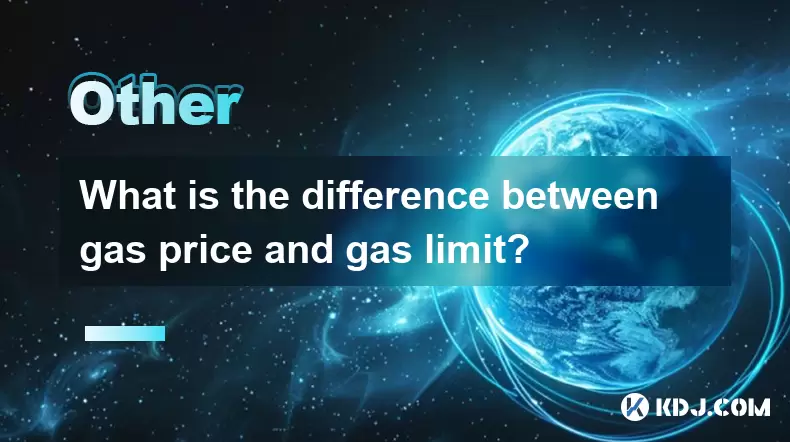
What is the difference between gas price and gas limit?
Aug 09,2025 at 08:42pm
Understanding Gas in Ethereum and EVM-Based NetworksIn blockchain networks that support smart contracts—particularly Ethereum and other EVM (Ethereum ...
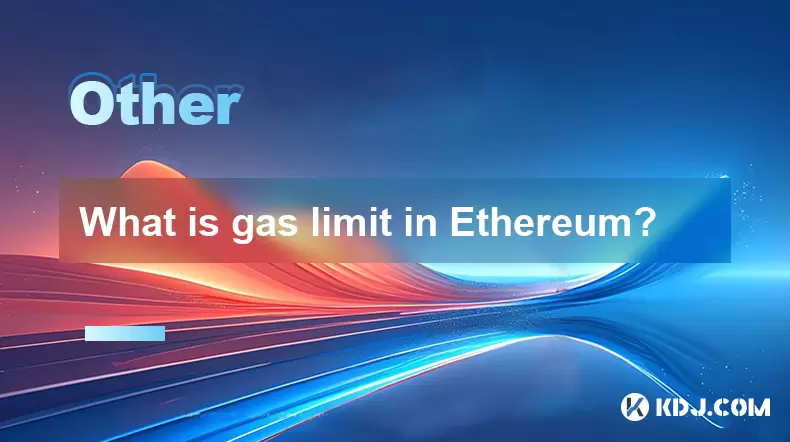
What is gas limit in Ethereum?
Aug 11,2025 at 04:29am
Understanding the Concept of Gas in EthereumIn the Ethereum network, gas is a unit that measures the computational effort required to execute operatio...

What is a "mempool"?
Aug 11,2025 at 02:49am
Understanding the Mempool in Cryptocurrency NetworksThe mempool, short for memory pool, is a critical component of blockchain networks like Bitcoin an...
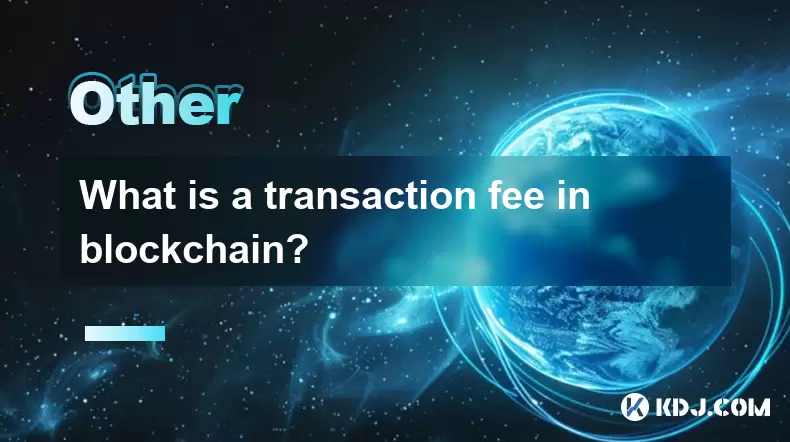
What is a transaction fee in blockchain?
Aug 08,2025 at 09:21pm
Understanding the Basics of Blockchain Transaction FeesA transaction fee in blockchain is a small amount of cryptocurrency paid by a user to process a...
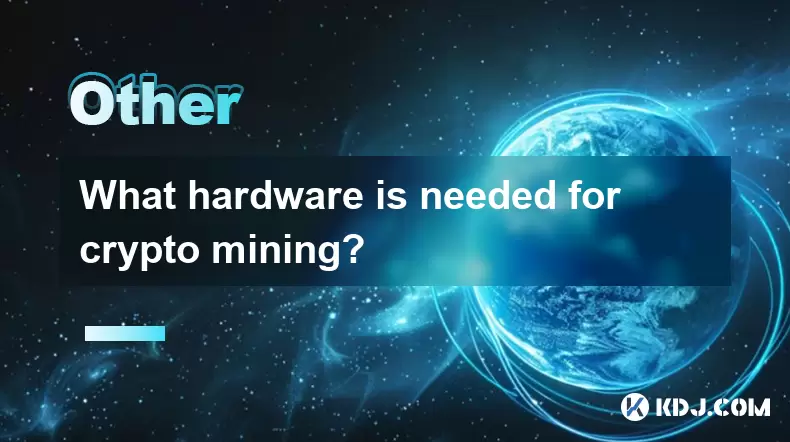
What hardware is needed for crypto mining?
Aug 10,2025 at 08:22pm
Understanding the Role of GPUs in Crypto MiningWhen discussing the hardware required for crypto mining, the Graphics Processing Unit (GPU) stands out ...

How can zero-knowledge proofs enhance privacy on a blockchain?
Aug 12,2025 at 02:15am
Understanding Zero-Knowledge Proofs in Blockchain ContextZero-knowledge proofs (ZKPs) are cryptographic protocols that allow one party (the prover) to...

What is the difference between gas price and gas limit?
Aug 09,2025 at 08:42pm
Understanding Gas in Ethereum and EVM-Based NetworksIn blockchain networks that support smart contracts—particularly Ethereum and other EVM (Ethereum ...

What is gas limit in Ethereum?
Aug 11,2025 at 04:29am
Understanding the Concept of Gas in EthereumIn the Ethereum network, gas is a unit that measures the computational effort required to execute operatio...

What is a "mempool"?
Aug 11,2025 at 02:49am
Understanding the Mempool in Cryptocurrency NetworksThe mempool, short for memory pool, is a critical component of blockchain networks like Bitcoin an...

What is a transaction fee in blockchain?
Aug 08,2025 at 09:21pm
Understanding the Basics of Blockchain Transaction FeesA transaction fee in blockchain is a small amount of cryptocurrency paid by a user to process a...

What hardware is needed for crypto mining?
Aug 10,2025 at 08:22pm
Understanding the Role of GPUs in Crypto MiningWhen discussing the hardware required for crypto mining, the Graphics Processing Unit (GPU) stands out ...
See all articles

























































































